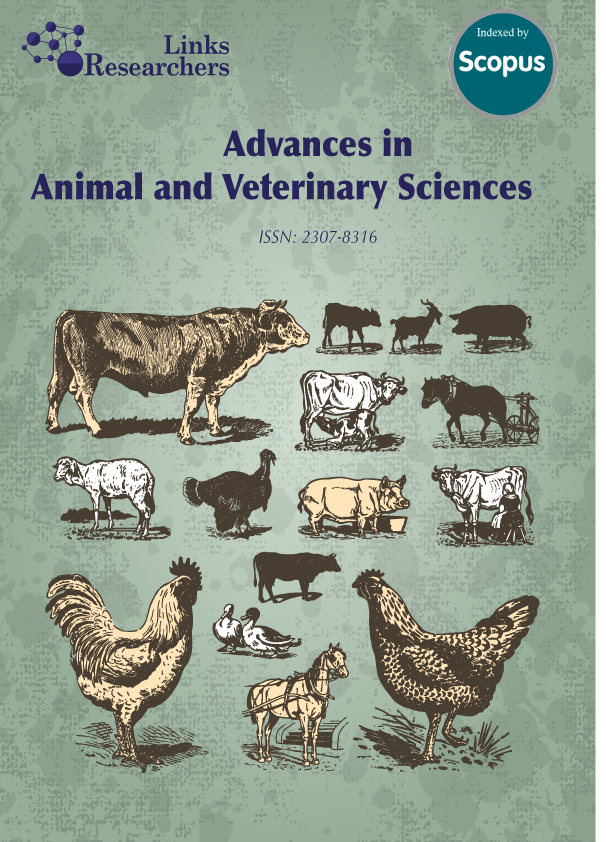A beef cattle farming plays a pivotal role in the livelihoods of pastoralists, agro-pastoralists, and small-scale mixed farmers in tropical countries, serving as a source of assets, food, income, and social status. This study investigated fattening practices and market dynamics in three production systems—pastoral, agro-pastoral, and mixed farming systems—in the Southern Ethiopian Rift Valley. Data were collected from 371 participants using a structured questionnaire, multi-stage sampling, and field observations. Farmers selected cattle for fattening based on traits such as breed, sex, age, conformation, reproductive performance, and body color, reflecting cultural and practical preferences (e.g., breed: χ² = 127.2, P < 0.001; selection criteria: χ² = 208.9, P = 0.001). For instance, 83.7% of pastoralists prioritized pedigree in cattle selection, compared to 51.6% of agro-pastoralists and 36.2% of mixed farmers (P = 0.001). Feed availability varied significantly across systems, creating both challenges and opportunities for sustainable fattening. Traditional practices, including disease management using plant materials, were integral to cattle management. The rainy season was preferred for fattening by 63.1% of participants due to abundant feed, while 84.8% associated fattening with religious holidays (P < 0.001). The marketing chain includes local, cross-border, and international trade. Despite these practices, challenges such as recurrent droughts, limited access to commercial feed, poor infrastructure, and insufficient extension services hindered progress. The findings underscore the need for policies that enhance feed security, infrastructure, and market access while integrating indigenous knowledge with modern techniques. Future research should focus on developing sustainable fattening models and scaling up best practices to improve livelihoods and meet market demands. This study contributes to understanding the complexities of cattle farming systems, with implications for sustainable livestock development in tropical regions.
Keywords | Agro-pastoralism, Cattle fattening practices, Market dynamics, Mixed farming, Ethiopia






